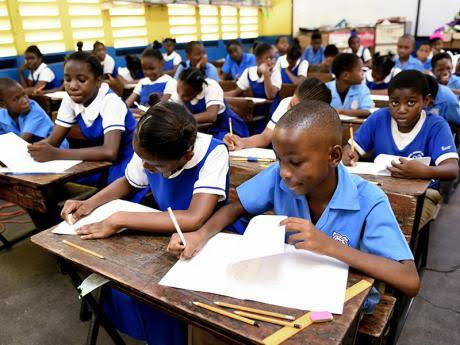
It has been said that everything which goes around comes around. It has also been debated whether art imitates life or if life imitates art. It is also a well-worn truism that history not only repeats itself, but that those who tend to ignore it are prone to repeat it.
With all this being said, then, should that span of time prior to and following the watershed events in Washington, DC on January 6, 2021 be considered the “first shot” fired, so to speak, in a new iteration of the American Civil War? Is trouble up ahead?
It can be agreed by all that we live in very strange and uncertain times. Before the pandemic there was the boast of how well the economy was doing — despite the “nuisance” of social upheavals with such players as Black Lives Matter, the Proud Boys, Boogaloo, Antifa, and others. The lynching of minorities on national television and revelations of conspiracies to kidnap governors and then seize the reins of state governments seemed to have kept step with our economic growth.
Again, was that a matter of life imitating art? Of players who, having failed to review the pages of history, were simply repeating it? Recently, in a moment of levity with a family member, this writer found and read the following words by Charles Dickens. They were written during a time when there were shouts of “Liberty!” amidst murmurings against tyranny and the shedding of blood in Europe. The words re-oriented this writer from laughter to quiet, sober reflection, given the realization that in twenty-first century America, he too, was living in similar nerve-racking moments:
“It was the best of times, it was the worst of times, it was the age of wisdom, it was the age of foolishness, it was the epoch of belief, it was the epoch of incredulity, it was the season of light, it was the season of darkness, it was the spring of hope, it was the winter of despair.”
Do those words from Dickens’ A Tale of Two Cities resonate with respect to the political climate that we now find ourselves in? Do they aptly describe what we see on television, hear on the radio, read in the newspapers, and on the Internet?
What time is it?
This writer could recount in detail the plague of “fake news” and of conspiracy theories that have laid siege to this and other countries — but he will spare you. He could inundate you with documented court battles and acts of mayhem having to do with the wearing of masks and social distancing — but, again, he will spare you. Why repeat what has been broadcasted and rebroadcasted — twenty-four hours a day and seven days a week? We can all see the madness before us!
In 1987 R.E.M. wrote a song titled: It’s The End Of The World As We Know It (And I Feel Fine). Well, is it the end of the world as we know it? This writer is willing to guess that people in every generation who were confronted by crises that they perceived as existential threats had asked that question. It was, likely, posited by those during the American War of Independence, in the War of 1812, in the American Civil War, in World Wars I and II, and by white America during the civil rights protests by the descendants of slaves.
Those who stormed the Capitol building, quite likely, also asked that question. They not only asked but answered it — feeling that their way of life was facing existential threats from political elites, immigrants, Muslims, Socialists, Jews, and from cannibals in government who dine on the flesh of children — all part of a laundry list of grievances. Then there were those who looked on, aghast, feeling equally threatened by the insurrectionists and by the conspiracy theories which drove them.
Those of the past who feared that they were on the brink of Armageddon — of annihilation — were all proven wrong by the perfect hindsight of history. But, that ought not to dismiss or to downplay the palpable fears that they experienced during such troubled times. Those times were ominously dark and threatening. But, they did not bury their heads in the sand. Instead they soldiered on against the forces of lies, injustice and oppression which were arrayed against them — still unsure of the future, but, nonetheless, hopeful.
What time is it? This is our time; our uncertainties; our opportunities to hope when there is little reason to do so; our time for courage, tenacity, truth, decency, mutual understanding, humanity, love and cooperation. Dr. King was right when he said:
“All men are caught in an inescapable network of mutuality, tied in a single garment of destiny. Whatever affects one directly, affects all indirectly. I can never be what I ought to be until you are what you ought to be, and you can never be what you ought to be until I am what I ought to be…This is the inter-related structure of reality.”
It is easier to read history than to live history. It is easy to turn its pages from its recounting of unpleasant events to more pleasant and peaceful ones. But, in our chapter of distress, in our time, like all those who came before us, we must wait, at times anxiously, for Providence to do so for us. What time is it? This is our time. This, our fight. This is our opportunity to create our legacy for generations to come. This is our moment to affix our byline on a page of history. It is “the best of times” and “the worst of times”. Let us, pick ourselves up and, “Once more unto the breach, dear friends, once more….”



